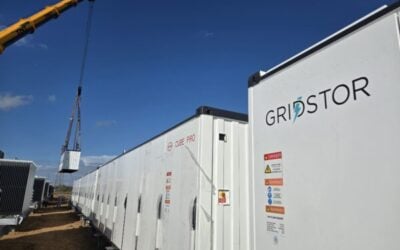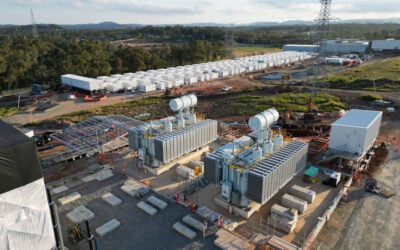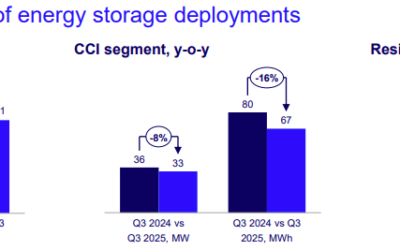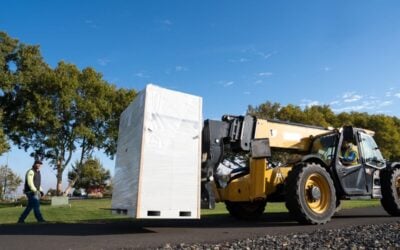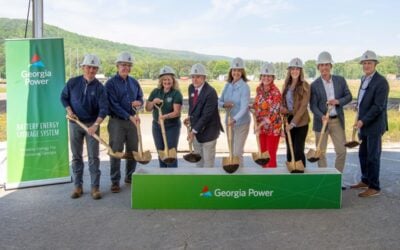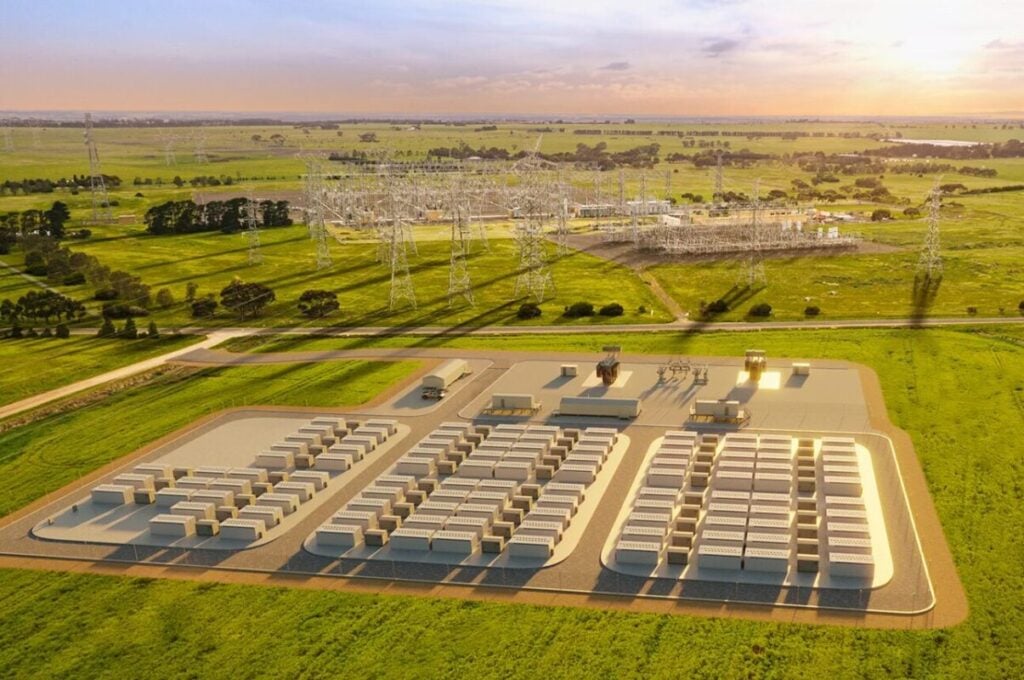
In a recent webinar hosted by AEMO Services, the latest New South Wales long-duration energy storage (LDES) tender round was in the spotlight.
“These targets are not upper limits on the amount of LDES we can procure,” said Syvilla Boon, senior manager at AEMO Services, when discussing the latest New South Wales LDES tender round that opened earlier this month.
In a webinar hosted last week, Boon noted that tender round six is initially targeting 1GW of long-duration projects to help contribute to the state’s goal of securing 16GWh by 2030 and 28GWh by 2034. Boon was keen to express that these are just minimal targets and that there is no ceiling to how much AEMO Services will procure.
This can be seen in the LDES tender round five, which saw over 1GW of projects secure Long-Term Energy Service Agreement (LTESA) contracts.
Try Premium for just $1
- Full premium access for the first month at only $1
- Converts to an annual rate after 30 days unless cancelled
- Cancel anytime during the trial period
Premium Benefits
- Expert industry analysis and interviews
- Digital access to PV Tech Power journal
- Exclusive event discounts
Or get the full Premium subscription right away
Or continue reading this article for free
AEMO Services, an advisory and tender services provider owned by AEMO, which manages Australia’s electricity and gas systems and markets, said tender six is open to projects connecting to new planned infrastructure in Renewable Energy Zones (REZ) with access schemes or existing infrastructure statewide.
LTESAs form a key component of Australia’s energy transition by providing financial support to long-duration technologies, which is crucial to maintaining grid reliability and stability. Eku Energy’s chief technology officer, Elias Saba, told Energy-Storage.news earlier this year that the contracts are critical to expanding energy storage adoption in Australia.
Lachlan White, commercial manager at AEMO Services, noted on the webinar that LTESAs provide long-term financial security.
“LTESAs are designed to solve the missing money problem for long-duration storage projects. It provides capped annuity payments, which are available as a top-up to a project’s net operational revenues to mitigate cash flow volatility and improve forecast revenues for a project,” White said.
“The product is designed to provide long-term certainty for investors, giving project operators flexibility in pursuing their own operating strategy.”
LTESA contracts typically last a long time, up to 14 years for chemical battery energy storage systems (BESS) and as much as 40 years for pumped hydro. For other technologies, the contract length is limited to either 40 years or the project’s operational lifespan, whichever is shorter, White added.
LDES tender process is ‘all about value for money’
The tender process aims to secure the most promising projects to receive LTESAs and provide extra financial relief to help realise the sites. However, White emphasised that the tender is not for the lowest cost; it’s all about value for money. For White, there are four key drivers of this value for money.
“There are four key drivers of value that we’ve been observing and want to call out today: duration, location, timing, and social license. The longer a project’s storage duration, the higher its benefits can be to the market,” White said.
White also said that AEMO Services evaluates projects based on various scenarios that can highlight their long-term benefits for consumers. This includes modelling situations where thermal plants might experience extended or unexpected outages.
Longer-duration BESS can help manage high prices and volatility in specific locations, delivering value to the grid. Indeed, White said that providing power to New South Wales load centres is crucial for maximising value in the energy market.
The quicker a project becomes operational, the sooner its advantages will be realised by both the system and consumers, helping deliver value for New South Wales. Additionally, having a social license is vital in determining assessed value.
Projects that can positively impact their surrounding communities and deliver societal benefits are viewed more favourably in AEMO Services’ evaluations.
Registrations for the LDES tender round six close 29 May 2025 at 17:00, whilst project bids close 10 June 2025 at 17:00. You can find out more on AEMO Services’ website.

